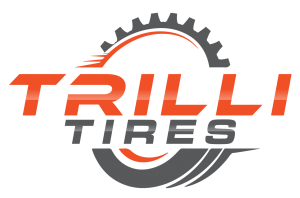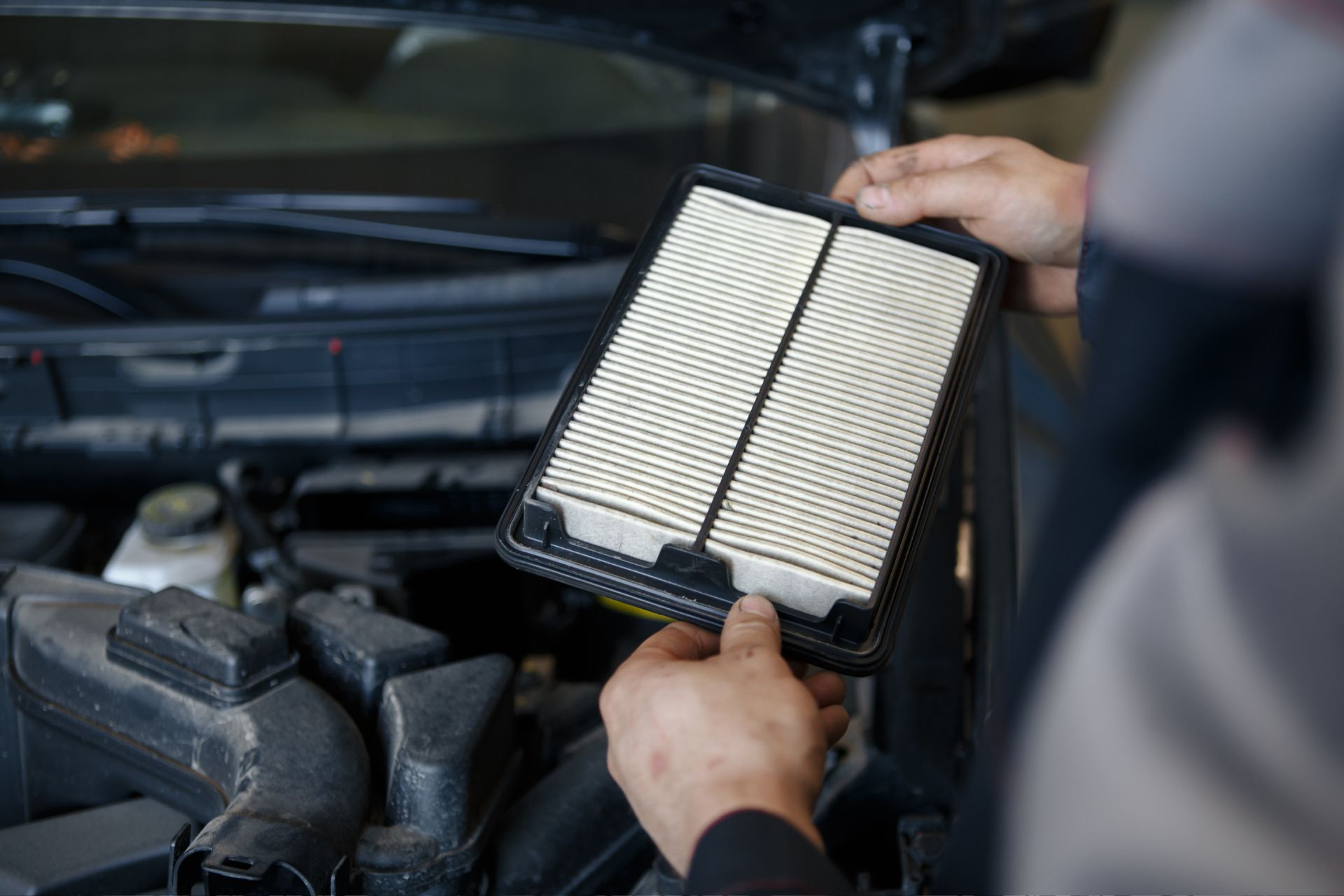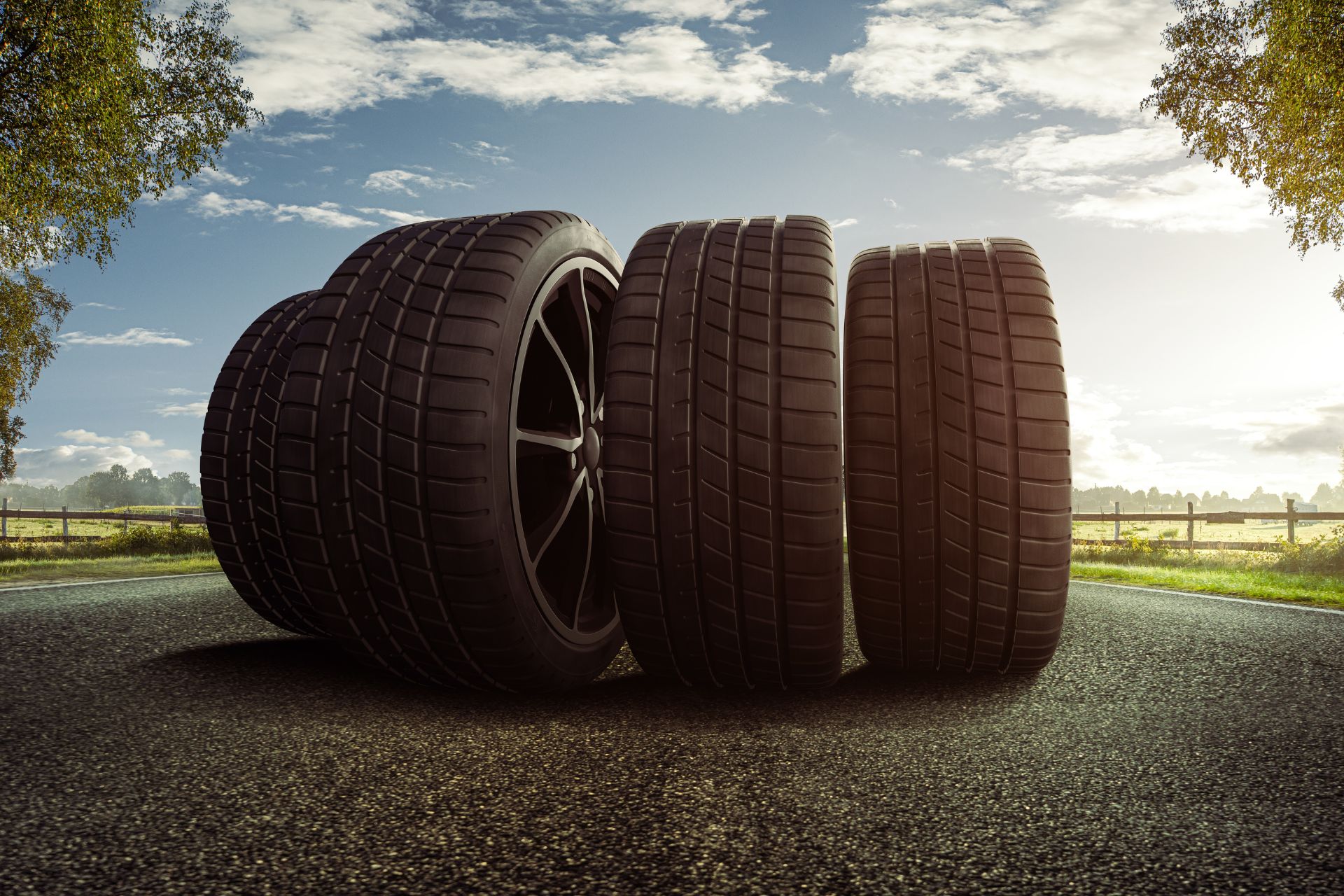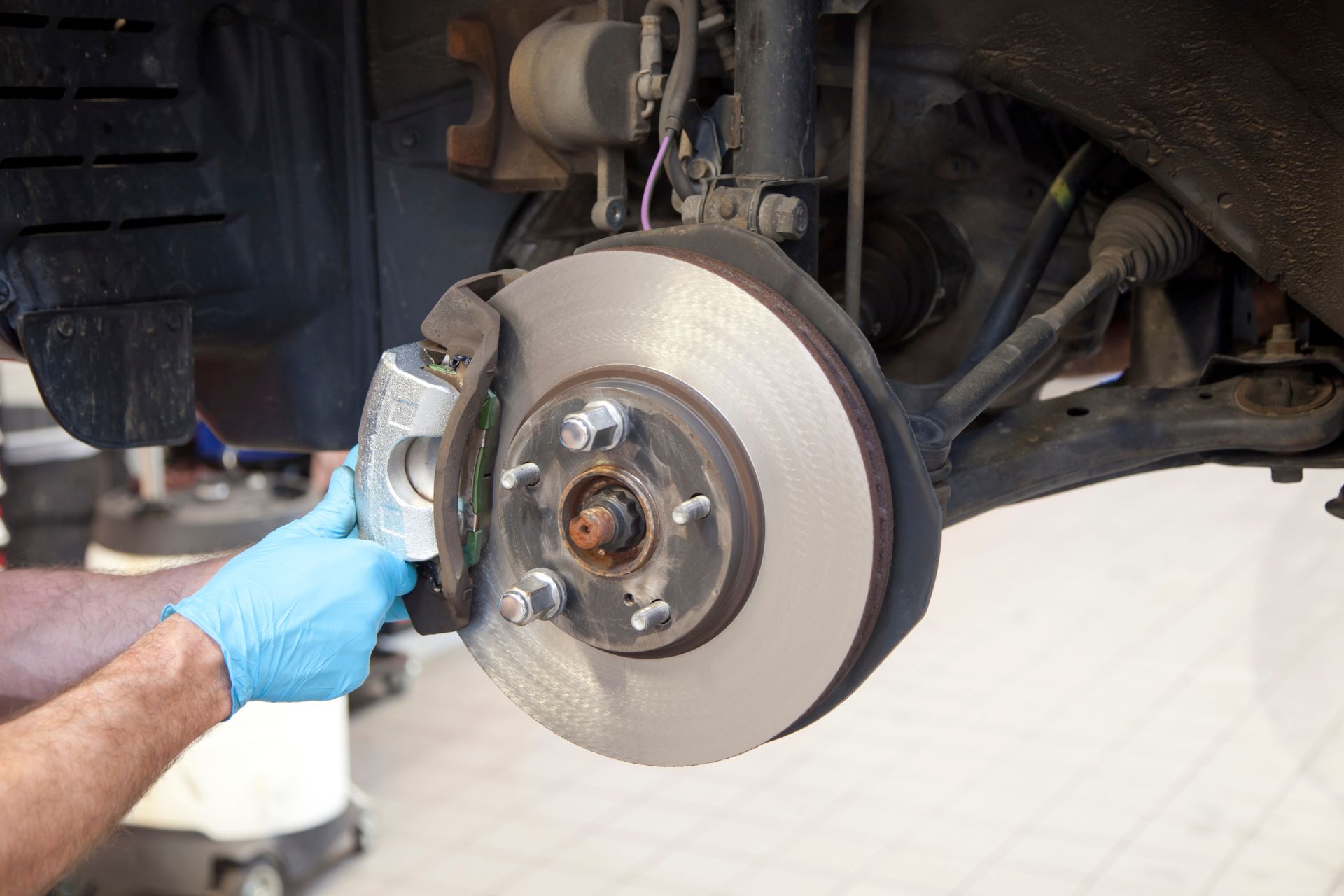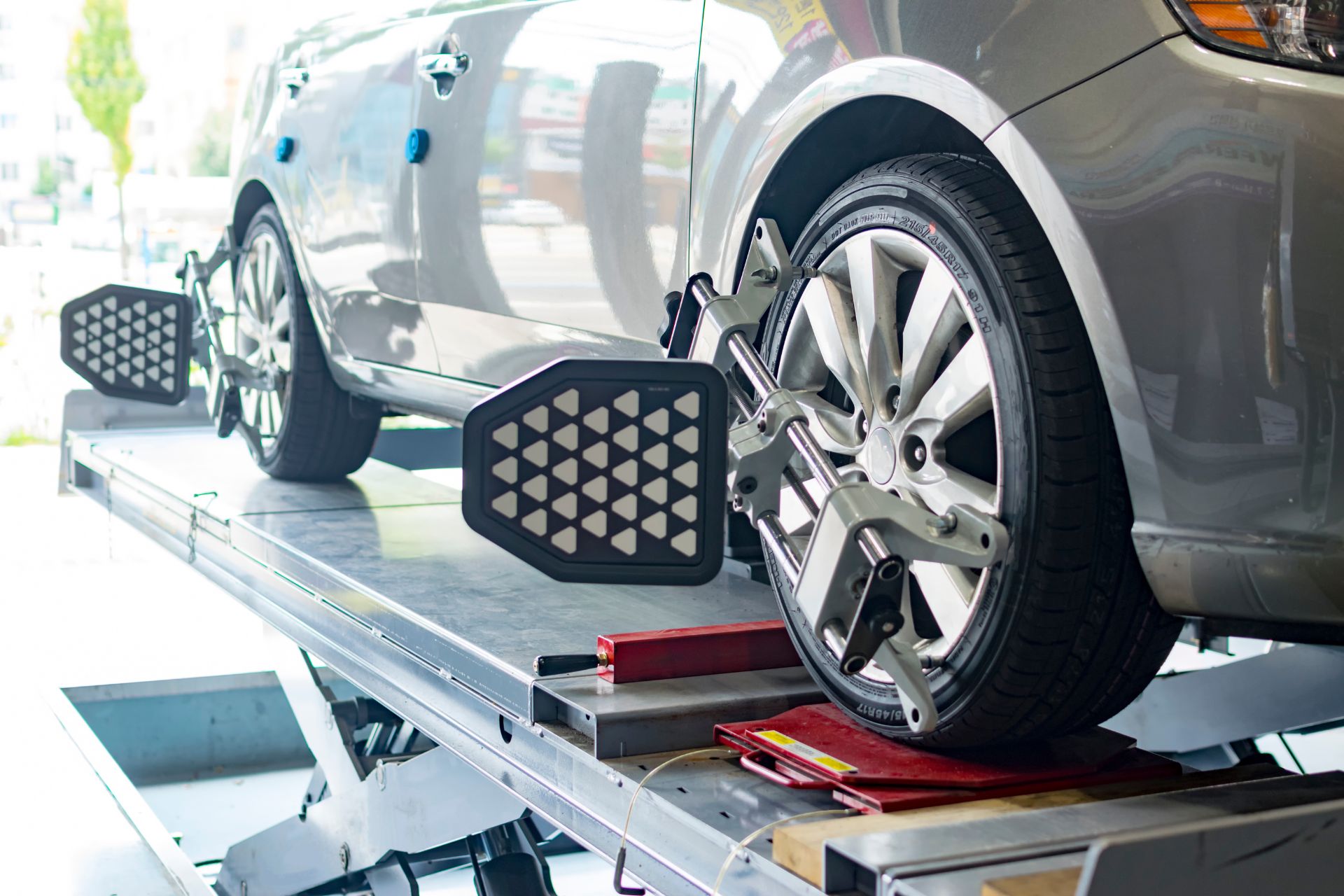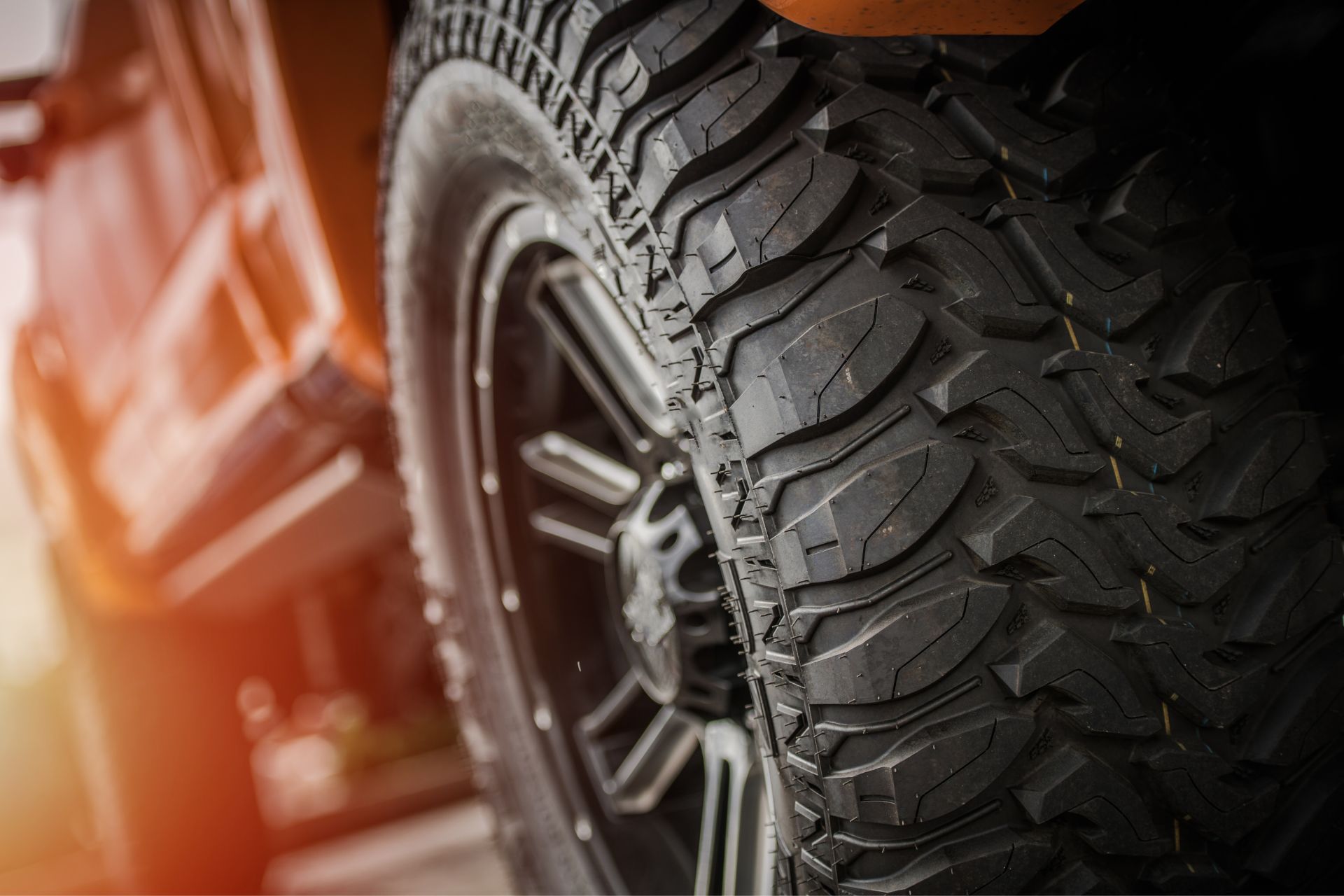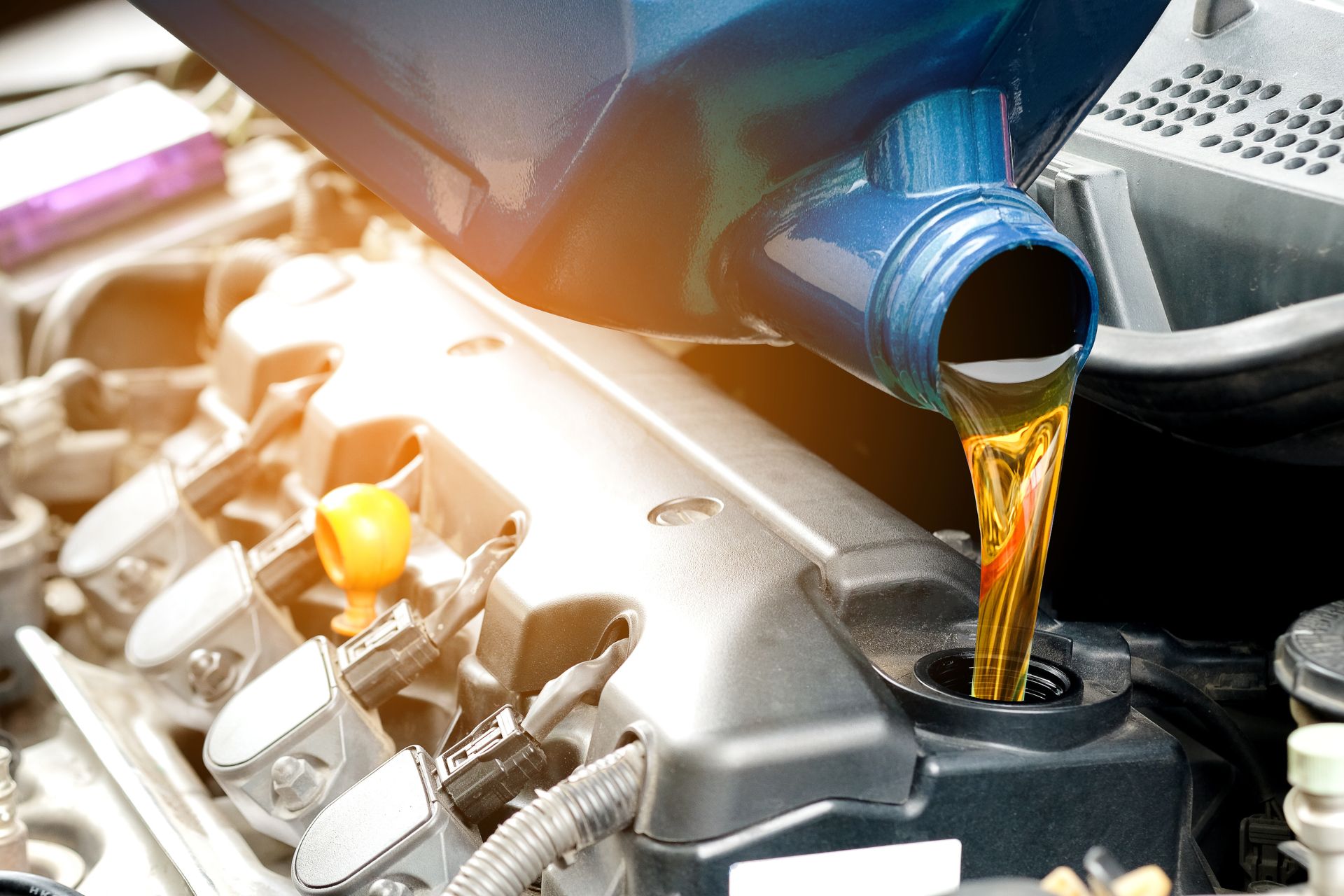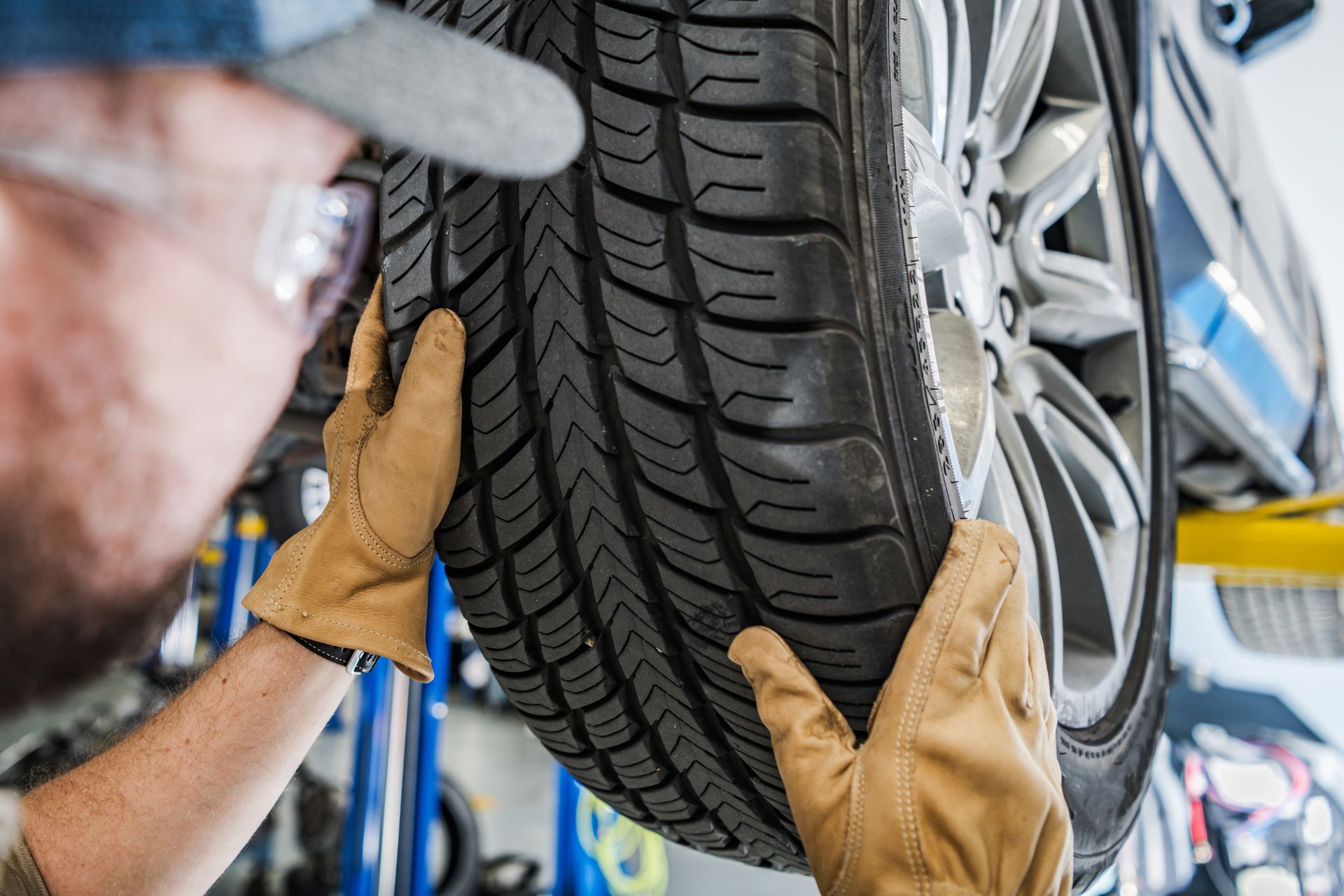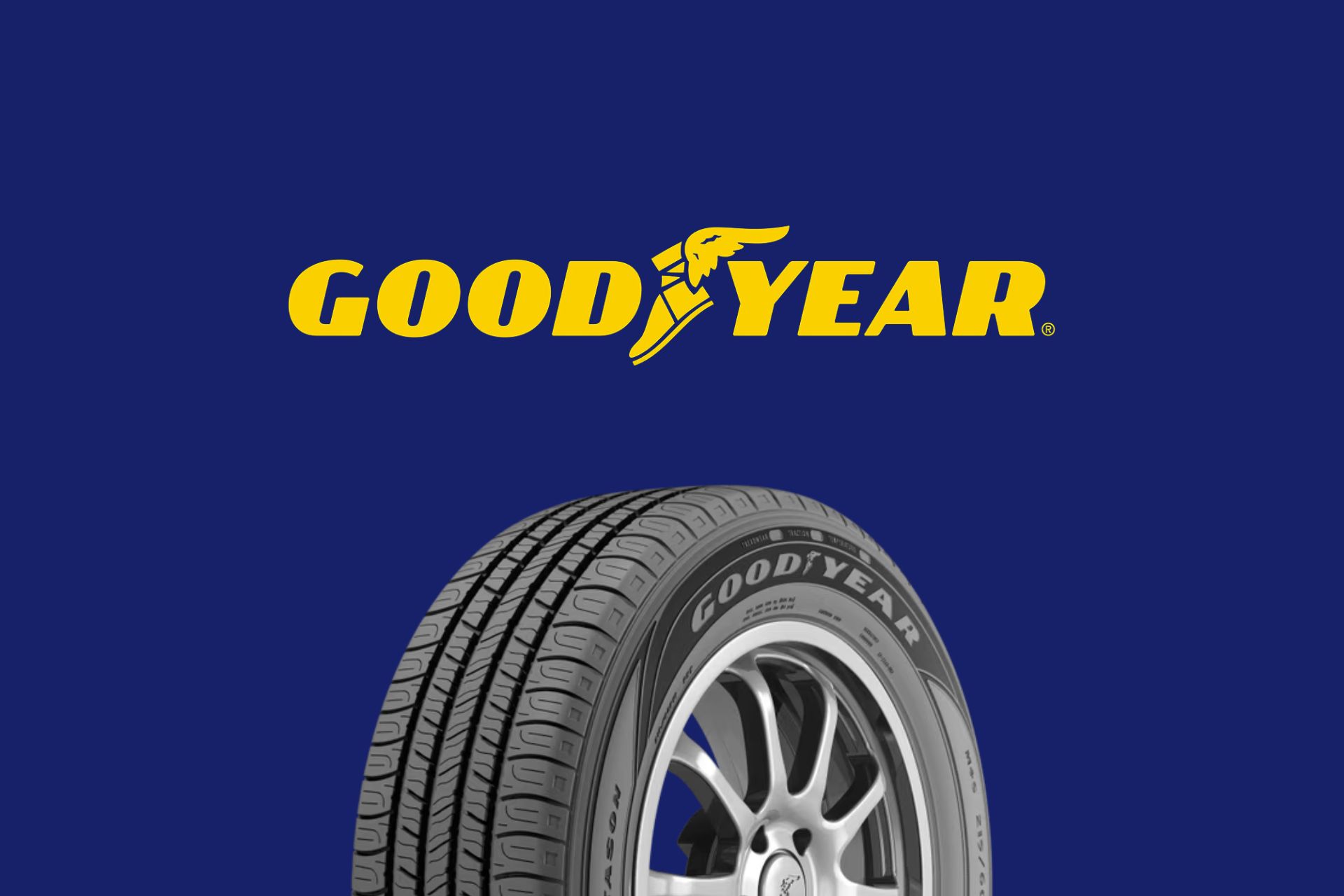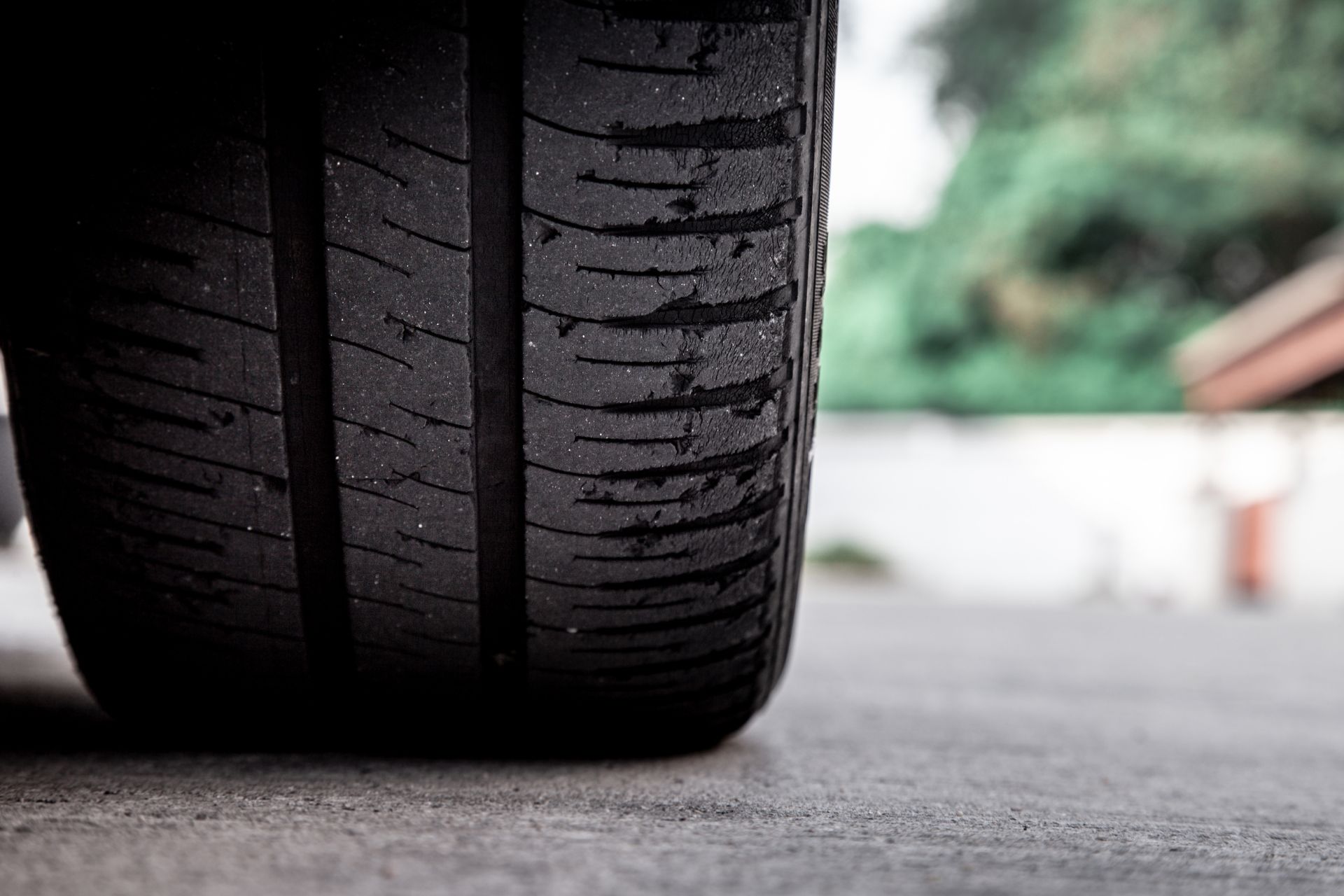Your car’s cabin air filter may seem like a small component, but it plays a significant role in ensuring the air you breathe inside your vehicle is clean and free from harmful pollutants. Understanding what the cabin air filter does, its benefits, and how it protects passengers is crucial for maintaining a healthy and comfortable driving environment.
What is a Cabin Air Filter?
A cabin air filter is a vital part of your vehicle’s ventilation system. Its primary function is to trap airborne contaminants before they enter the passenger compartment. This includes dust, pollen, mould spores, and other pollutants that can degrade air quality and pose health risks to occupants.
The Benefits
One of the key benefits of the filter is improved air quality inside the vehicle. By filtering out pollutants, the filter helps to reduce allergens and prevent respiratory issues for passengers. This is particularly important for individuals with allergies or asthma, as well as those sensitive to airborne particles.
In addition to enhancing air quality, a clean filter also contributes to a more comfortable driving experience. By minimizing odours and unpleasant smells, the filter creates a fresher environment for occupants, making long journeys more enjoyable.
Furthermore, the air filter plays a crucial role in protecting the HVAC system of your vehicle. By preventing debris from clogging the system, the filter helps to maintain efficient operation and extend the lifespan of HVAC components. This can ultimately result in cost savings on maintenance and repairs.
What Does it Protect the Passengers From?
The cabin air filter serves as a barrier against a variety of airborne pollutants, including pollen, dust, and mould spores. By capturing these contaminants before they enter the cabin, the filter helps to protect passengers from inhaling harmful particles that can cause respiratory issues and allergic reactions.
Pollen and allergens are among the most common pollutants filtered out by the cabin air filter. For individuals with allergies, this can provide much-needed relief by reducing exposure to allergens that trigger symptoms such as sneezing, itching, and congestion.
Dust and particulate matter are also effectively filtered out by the cabin air filter, helping to maintain a clean and healthy cabin environment. This is particularly important for occupants with respiratory conditions, as exposure to airborne particles can exacerbate symptoms and lead to discomfort.
Additionally, the air filter helps to prevent the growth of mould and mildew by capturing spores before they enter the cabin. This reduces the risk of respiratory infections and allergic reactions caused by exposure to mould, creating a safer and more hygienic environment for passengers.
Maintaining Your Filter
Regular inspection and replacement of the air filter are essential for ensuring continued effectiveness and optimal performance. It is recommended to check the filter during routine maintenance and replace it as needed based on manufacturer recommendations.
While some car owners may opt for DIY replacement, others may prefer to enlist the help of a professional technician. Factors such as accessibility and complexity of the filter replacement process should be considered when deciding the best approach for maintenance.
Signs of a Dirty Filter
Common signs indicating a dirty or clogged filter include reduced airflow from the HVAC system, musty odours inside the cabin, and increased allergy symptoms among occupants. If you notice any of these symptoms, it may be time to inspect and replace the filter to restore optimal air quality and comfort.
Your car’s cabin air filter plays a crucial role in ensuring that you and your passengers breathe clean, healthy air while on the road. By understanding its function, benefits, and importance, you can prioritize regular maintenance to safeguard your well-being and enjoy a more comfortable driving experience. Don’t overlook the significance of this small yet essential component in maintaining a healthy vehicle interior.
Next time you’re in Richmond Hill, ensure your vehicle’s cabin air filter is in top condition by visiting TrilliTires. Our expert technicians can inspect and replace your cabin air filter, providing you with cleaner air and a more pleasant driving experience. Schedule your appointment today!
